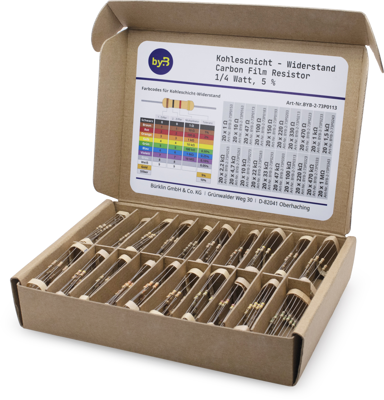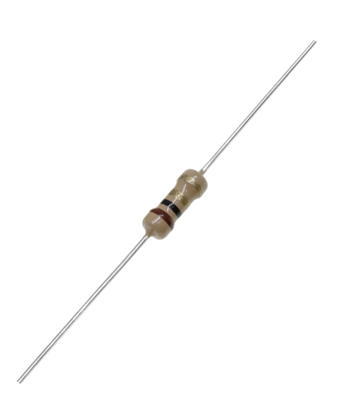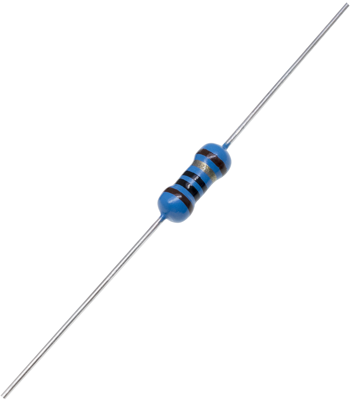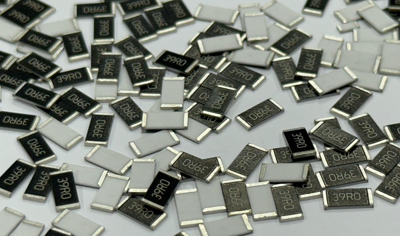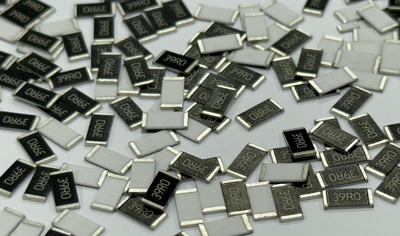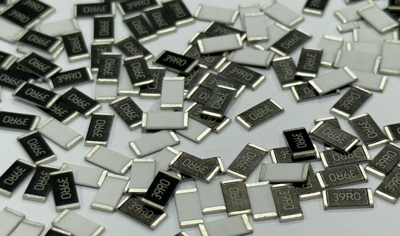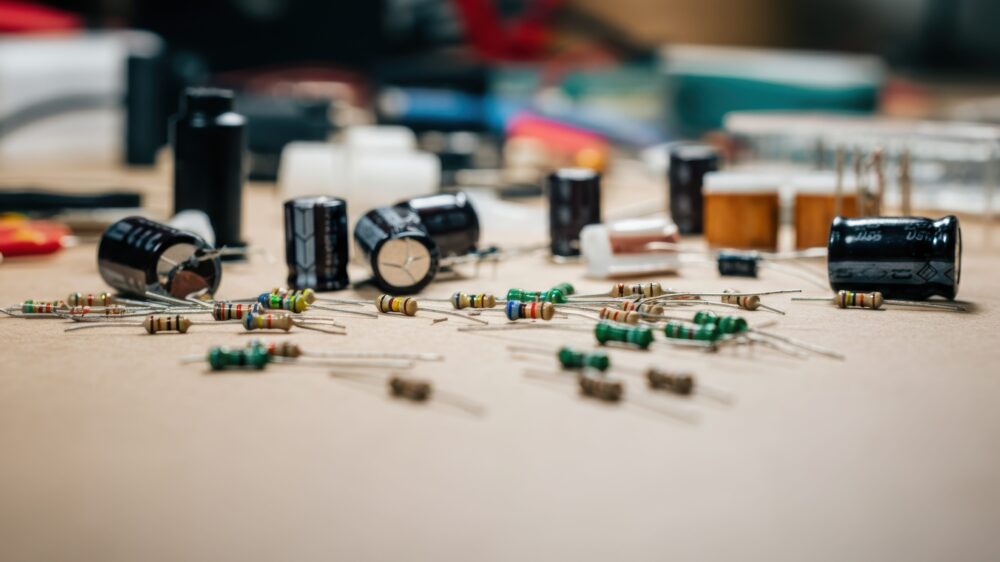
Resistor Color Code: How to Decipher the Color Rings on Resistors
Whether in prototyping, repairing electronic devices, or developing new circuits, resistors are essential in every circuit. They regulate current flow, protect components, and ensure stable signal behavior. But how do you recognize the correct resistance value when there are no numbers on the component? It's simple: using the color code system. In this article, we'll show you how to read color rings correctly – and what else you should know about resistor codes.
Why Color Codes on Resistors?
Resistors are small – too small to print conventional numerical labels. Therefore, a standardized color ring system has been established. This allows the resistance value, tolerance, and sometimes even the temperature coefficient to be read directly on the component.
The color code is internationally standardized according to IEC 60062 and is used worldwide – a language that professionals around the globe understand.
How to Read the Color Code of a Resistor?
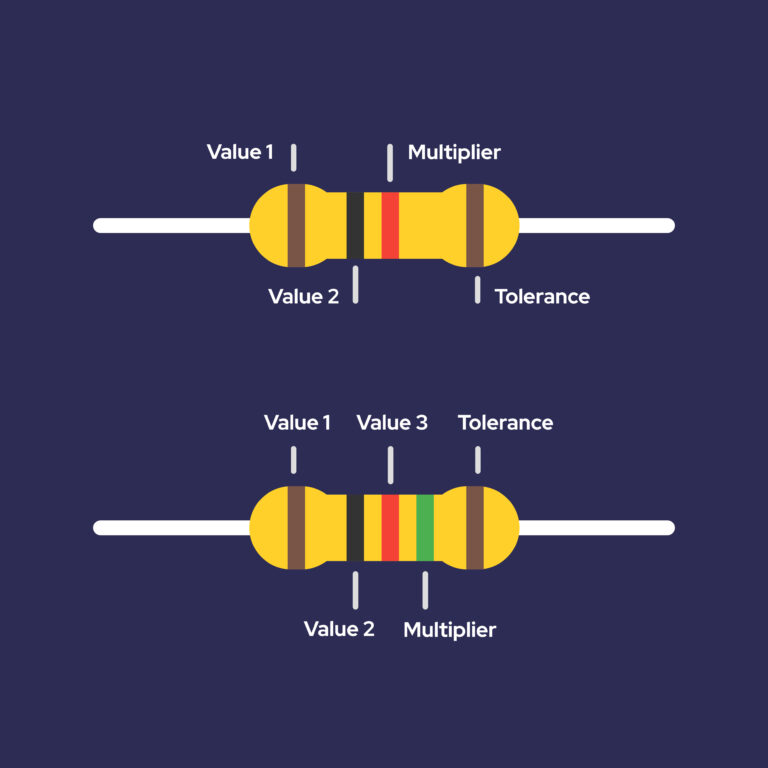
A classic resistor usually has four, five, or six colored rings. Each ring represents a number or a multiplier, similar to a place value table. Important: The color code is always read from left to right – the spacing between the rings helps with orientation. The last ring (usually gold or silver) indicates the tolerance.
4-Ring Color Code:
- Ring 1: 1st digit
- Ring 2: 2nd digit
- Ring 3: Multiplier (power of ten)
- Ring 4: Tolerance
5-Ring Color Code:
- Ring 1: 1st digit
- Ring 2: 2nd digit
- Ring 3: 3rd digit
- Ring 4: Multiplier
- Ring 5: Tolerance
6-Ring Color Code:
In addition to the 5-ring code, the sixth ring indicates the temperature coefficient in ppm/°C (parts per million per degree Celsius). This is particularly relevant in precise applications, e.g., in measuring instruments or high-quality audio amplifiers.
The Color Code Table
| Color | Number | Multiplier | Tolerance |
|---|---|---|---|
| Black | 0 | ×10⁰ | - |
| Brown | 1 | ×10¹ | ±1 % |
| Red | 2 | ×10² | ±2 % |
| Orange | 3 | ×10³ | - |
| Yellow | 4 | ×10⁴ | - |
| Green | 5 | ×10⁵ | ±0.5 % |
| Blue | 6 | ×10⁶ | ±0.25 % |
| Violet | 7 | ×10⁷ | ±0.1 % |
| Gray | 8 | ×10⁸ | ±0.05 % |
| White | 9 | ×10⁹ | - |
| Gold | - | ×10⁻¹ | ±5 % |
| Silver | - | ×10⁻² | ±10 % |
| No Ring | - | - | ±20 % |
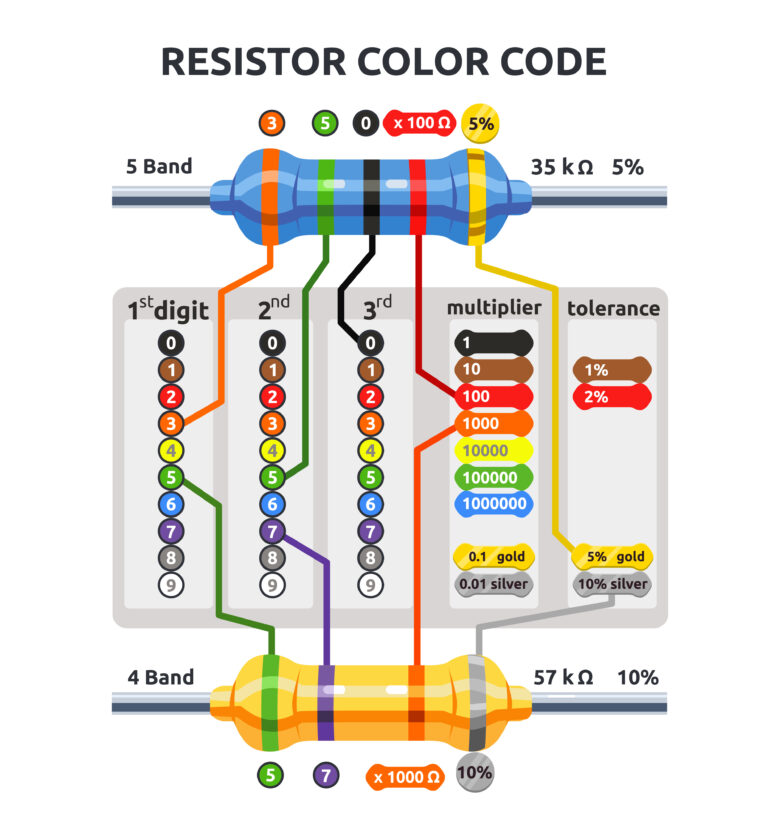
An Example: What Does the Code “Red – Violet – Orange – Gold” Mean?
- Ring (Red): 2
- Ring (Violet): 7
- Ring (Orange): ×1000
- Ring (Gold): ±5 % tolerance
Result: 27 × 1000 = 27,000 ohms (27 kΩ) with ±5 % tolerance
5-Ring Code vs. 4-Ring Code – What’s the Difference?
The 5-ring color code is mostly used for more precise metal film resistors. Here, three significant digits and a finer tolerance (up to 0.05 %) can be specified – ideal for professional applications where accuracy matters.
The 4-ring code, on the other hand, is perfectly adequate for standard applications, such as in households, DIY projects, or education.
Understanding Resistance Values and Tolerances
The tolerance of a resistor indicates how much the actual value may deviate from the specified value. A 100-ohm resistor with 5 % tolerance may therefore range between 95 and 105 ohms. In high-end circuits, even small deviations can play a significant role – this is where precise resistors with the lowest possible tolerance are used.
What Role Do Temperature Coefficients Play?
The temperature coefficient describes how the resistance value behaves with temperature changes – measured in ppm/°C. The smaller the value, the more stable the resistor remains with temperature fluctuations. This is a crucial factor, especially in industrial electronics and measurement technology.
Where Is the Resistor Color Code Used?
The color code for resistors is used in many areas of electronics and electrical engineering, including:
- In PCB manufacturing to identify electronic circuits.
- In laboratories to quickly determine values and avoid errors.
- In industry for the standardization of components and simple quality control.
Reading Colors Like a Pro
The color code on resistors is more than just a colorful pattern – it provides important information about the electrical resistance, tolerance, and stability of the component in the smallest space. With a little practice, values can be determined in no time – without any measurement.
If you are looking for high-quality resistors for your projects, you will find a large selection in the Bürklin range: from classic carbon film resistors to high-precision metal film variants – for prototyping, series production, or research.

